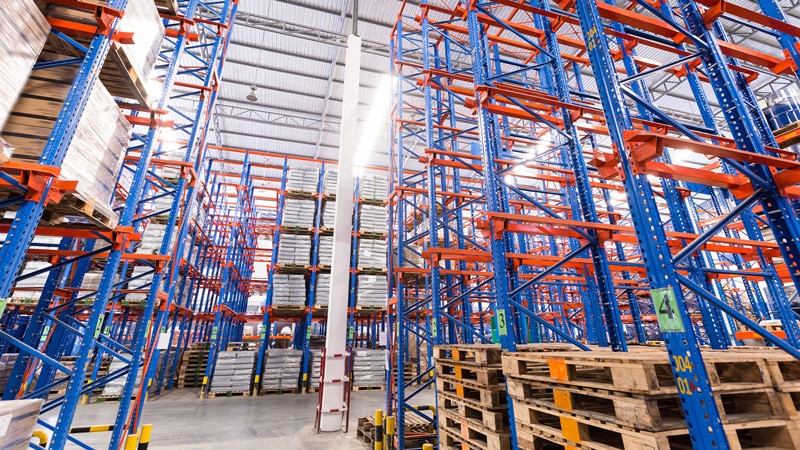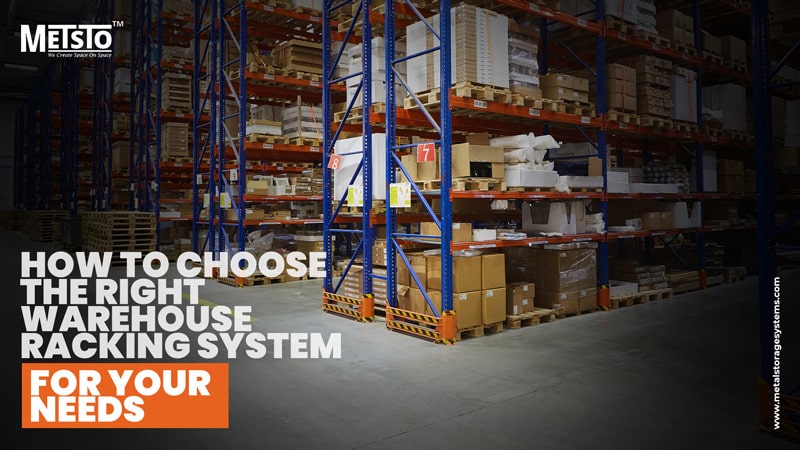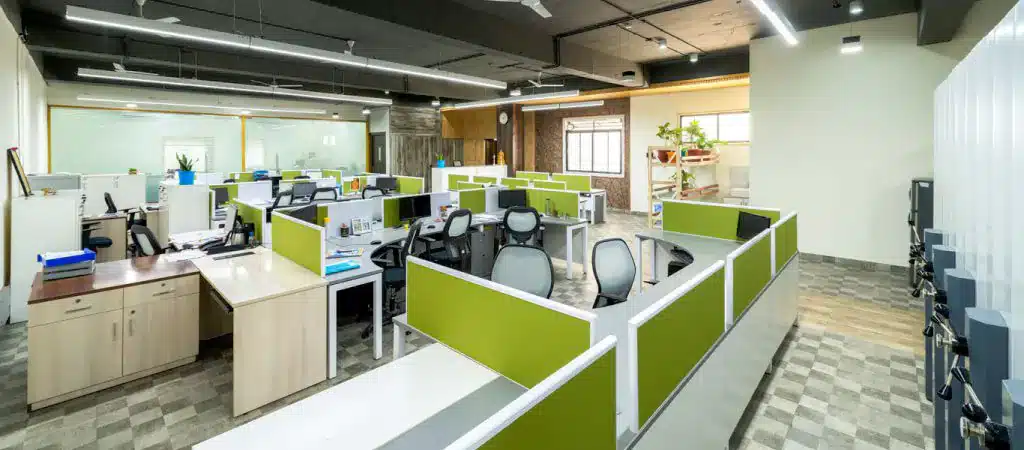Introduction
In the bustling world of logistics and supply chain management, having an efficient and well-organized warehouse is crucial for the smooth functioning of any business. One of the key components of a well-optimized warehouse is a reliable and suitable warehouse racking system. These systems not only maximize storage space but also enhance accessibility and productivity. Whether setting up a new warehouse or upgrading your current system, choosing the right warehouse racking solution is paramount to meeting your operational needs. This comprehensive guide will walk you through the essential factors to consider when selecting the ideal warehouse racking system, including important aspects to consider if you are based in Bangalore, India.
1. Understanding Your Warehouse Requirements
The first step in choosing the right warehouse racking system is understanding your requirements. Every warehouse has unique needs depending on the type of goods, inventory size, and handling processes. Begin by thoroughly analyzing your warehouse operations, considering the types of products you handle, their dimensions, weight, and turnover rates. Additionally, assess the available floor space and the height of your warehouse to determine the maximum storage capacity. Gathering this information lets you decide which warehouse racking system will best cater to your needs.
2. Types of Warehouse Racking Systems
Various warehouse racking systems are available in the market, each designed to suit different storage needs. Some common types include:
a. Selective Pallet Racks: These are the most common and versatile racking systems, allowing easy access to each pallet. They are ideal for warehouses with a wide variety of products.
b. Drive-In Racks: Drive-In racks provide high-density storage with fewer aisles, making them suitable for storing similar products with low turnover rates.
c. Cantilever Racks: Cantilever racks are designed for long and bulky items like pipes and lumber, making them perfect for industries such as construction and manufacturing.
d. Push-Back Racks: If you have a Last-In-First-Out (LIFO) inventory system, pushback racks can save space and provide efficient product rotation.
e. Pallet Flow Racks: Pallet flow racks are designed for high-density storage and operate on a First-In-First-Out (FIFO) basis, making them ideal for perishable goods.
f. Mezzanine Racking Systems: Mezzanine systems add a second or third level to your warehouse, doubling or tripling your storage space.

3. Warehouse Layout and Space Optimization
Efficient space utilization is crucial in any warehouse, as it directly impacts your storage capacity and accessibility. Consider the layout of your warehouse and the flow of operations while choosing a racking system. A well-planned layout will enhance employee efficiency and minimize the time taken to pick up and store items. Utilize vertical space effectively by opting for taller racking systems if your warehouse has high ceilings.
To further optimize your warehouse space in Bangalore, India, where available space may be limited and expensive, you can explore innovative storage solutions. For instance, implementing mezzanine racking systems can significantly increase your storage capacity by adding a second or third level to your existing warehouse space. These elevated platforms can be used for storing goods that are less frequently accessed, freeing up valuable floor space for more frequently picked items.
By adopting a strategic approach to space optimization, you can maximize the efficiency of your warehouse operations in Bangalore, ensuring that every square foot is utilized effectively and contributing to improved overall productivity. A well-utilized warehouse space will ultimately lead to a competitive edge in the market and better customer satisfaction.
4. Durability and Safety
Durability and safety are paramount when selecting a warehouse racking system. Your chosen system should withstand the weight of your inventory and the rigours of daily warehouse operations. Look for racking systems made from high-quality materials like steel, which offer greater strength and longevity.
Furthermore, prioritize safety features such as beam locks, row spacers, and column protectors to reduce the risk of accidents and damage to your inventory, in Bangalore, where seismic activity may be a concern, opt for racking systems designed to withstand earthquakes and other natural disasters.
5. Flexibility and Scalability
As your business grows, so will your inventory requirements. Therefore, selecting a warehouse racking system that can adapt to your evolving needs is essential. Flexibility in design allows for easy reconfiguration or expansion of the racking system as and when required. This will save time and money in the long run and ensure that your warehouse meets your needs even as your business evolves.
6. Budget Considerations
Budget is a significant factor in choosing the right warehouse racking system. While opting for the cheapest option available might be tempting, balancing cost and quality is essential. Invest in a high-quality, durable racking system that aligns with your budget and operational requirements. Remember that a well-designed, sturdy racking system is an investment that will yield long-term benefits.
7. Compliance with Regulations
Ensure the warehouse racking system you choose complies with all relevant safety regulations and building codes. Non-compliance can lead to fines and potential hazards for your employees and inventory. If you are based in Bangalore, be aware of the specific regulations applicable in the region and select a warehouse racking system that adheres to those guidelines.
Additional Tips for Space Optimization:
- Implement a dynamic slotting strategy, placing fast-moving items closer to the packing and shipping areas for quicker access.
- Utilize narrow-aisle or very narrow-aisle (VNA) systems that allow for tighter aisles and more compact storage arrangements without compromising accessibility.
- Consider installing mobile racking systems that use moving carriages to compact rows of racks, creating additional storage density while maintaining selectivity.
- Regularly review and adjust your warehouse layout as your inventory and business needs evolve, ensuring that your racking system continues to meet your requirements effectively.
Conclusion
Choosing the right warehouse racking system is a critical decision that significantly impacts your warehouse’s efficiency, productivity, and overall success. By understanding your specific requirements, exploring different racking system types, optimizing space, prioritizing safety, considering flexibility and scalability, and budgeting wisely, you can make an informed choice that aligns perfectly with your business needs.
Warehouse racking system in Bangalore is often premium, selecting the right warehouse racking system becomes even more crucial. Take the time to evaluate various options and consult with experts to ensure your warehouse operates at its full potential, maximizing storage space and optimizing operational processes. Remember, a well-organized warehouse with the right racking system will streamline your daily operations and pave the way for continued growth and success.















